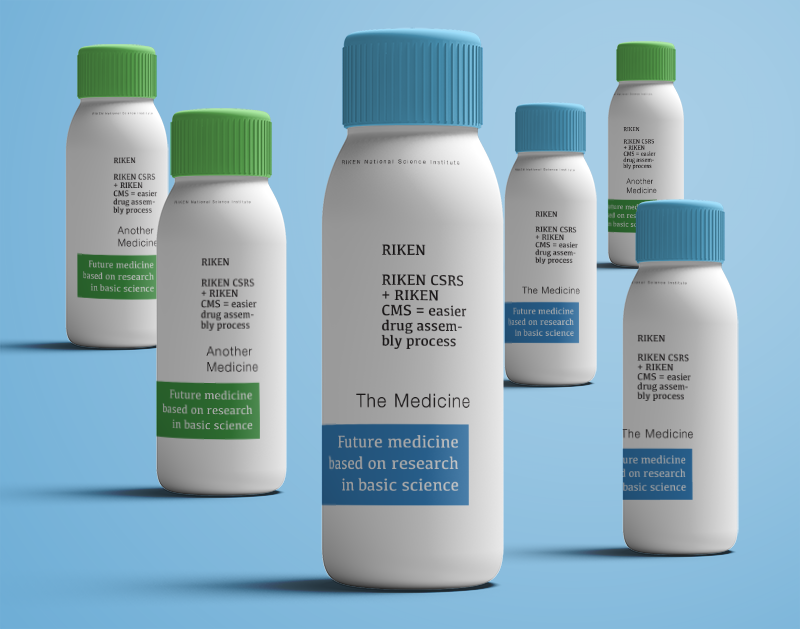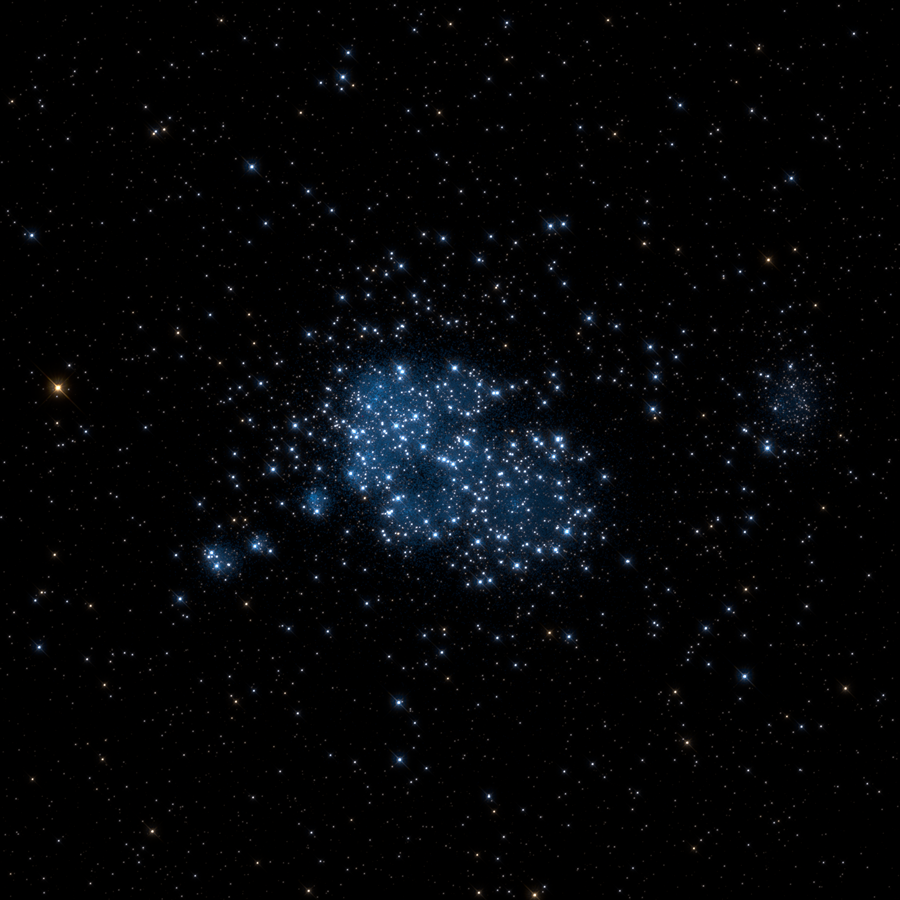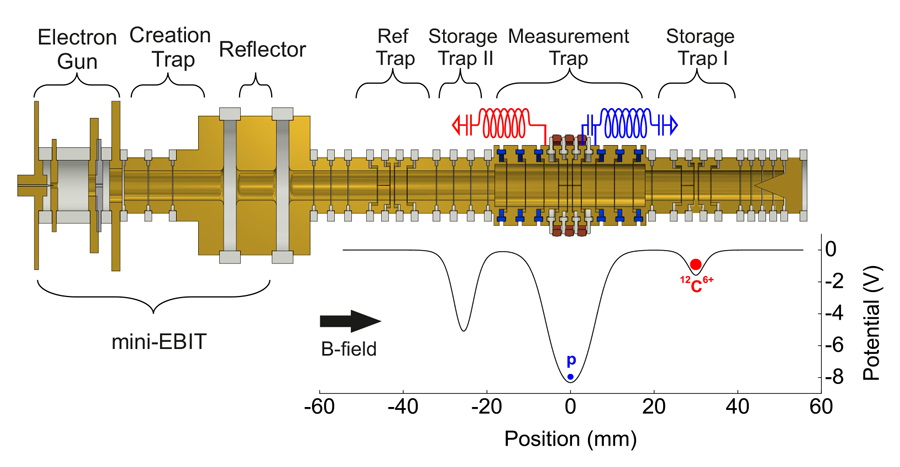Latest research animations
Self-assembly of spider silk
This gut microbe might protect against diabetes and reduce insulin resistance
NEW: One-way hydrogel guides motion of tiny worms!
Latest Posts
No Results Found
The page you requested could not be found. Try refining your search, or use the navigation above to locate the post.
No Results Found
The page you requested could not be found. Try refining your search, or use the navigation above to locate the post.
Aug
3

This nickel catalyst bats from both sides of the plate
Jul
27

New info about how chromosomes form
Jul
25

Tracking how stars grow up in a virtual playground
Amanda Alvarez writes about Steven Rieder and his research in modeling clusters of growing new stars.
Jul
21

Protons are lighter than previously thought
Jul
20

Untangling depression in Huntington’s disease
New research implicates clumps of insoluble, misfolded proteins in the development of mental illness in people with Huntington’s disease
Jul
6

